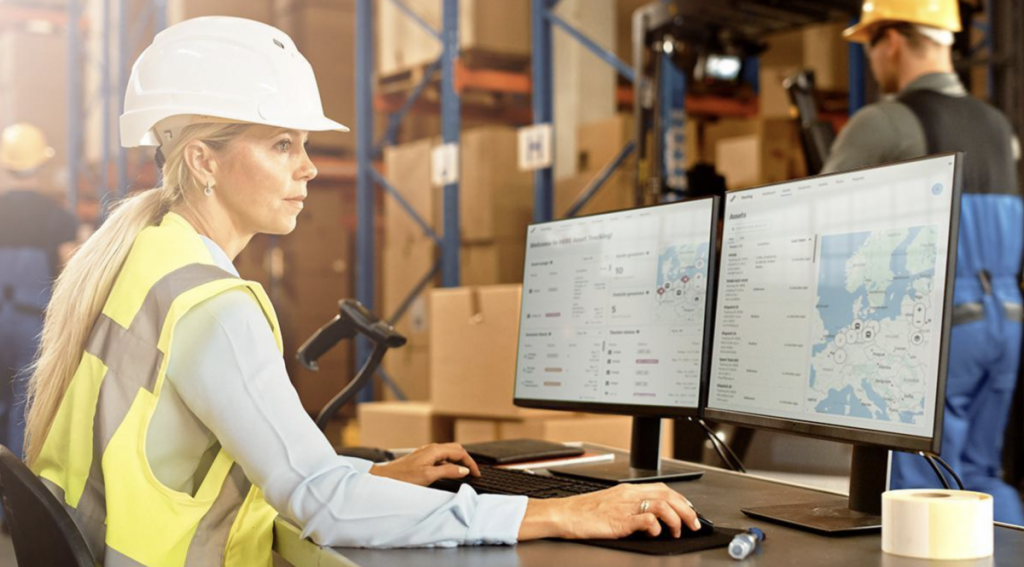Consumer awareness around environmental issues, especially carbon emissions, has never been higher, and that consumer awareness is driving the pressure for companies to decarbonise their supply chains. For most companies, their supply chain is a far bigger source of carbon emissions than their internal operations. Eight global supply chains, in sectors such as food, construction and fashion, are responsible for 50% of the carbon emissions on planet Earth, according to research by the World Economic Forum.
But decarbonising the supply chain is complex and can be expensive; rather than skipping directly to electrifying fleets, companies need to understand where emissions in their supply chains are coming from, and focus on problematic areas in order to achieve the most impact while minimising their costs. The approach also emphasises the need for real-time geospatial data to monitor parts of the chain that can be addressed today.
The first steps businesses can take
Can decarbonisation really be a ‘game changer’ for corporate climate action? The World Economic Forum believes so. The organisation’s research also quashed worries that such action would be costly for businesses and consumers. Contrary to fears among supply chain professionals that taking action on sustainability would lead to increased prices for consumers, end-consumer costs are likely to rise by 1-4% at most, according to the World Economic Forum’s analysis.

So what steps can businesses take? Estimating emissions is a useful first step, using data such as vehicle types and detailed maps of routes, including gradients. Geospatial data provides real-time visibility of the supply chain, offering an overview of areas that companies can address quickly and accurately. This is both a key business goal for companies hoping to have more control of their supply chains, and a necessary first step for organisations hoping to make them more sustainable.
The key thing is to understand your current carbon footprint via the use of data. The next stages are to define targets, and then track the performance over time. Once you know the exact performance of your different modes of transport, you can then optimise emissions by selecting the best-performing ones.
Changing the way companies work with suppliers
The data from vehicles on the road can be incredibly powerful when coupled with the geospatial context of that location, allowing you to fully understand your carbon footprint across the whole supply chain. Once you have that understanding, it’s easier to take the next steps towards decarbonisation, such as innovating suppliers based on their sustainability. Companies can integrate emissions metrics into the way they deal with suppliers, and work with suppliers to address their emissions and track their performance. Companies can also work to design their sourcing strategy with sustainability at its heart.
Geospatial data provides real-time visibility of the supply chain, offering an overview of areas that companies can address quickly and accurately
Truly visible and sustainable supply chains are on the horizon with the smart use of data. But this will require companies to take the steps to understand their impact on the planet, using the geospatial data they collect. Increasingly, it is a business imperative to improve the chain; Gartner predicted that 50% of global product-centric businesses will invest in real-time visibility across their supply chain by 2023. These are the just first steps on a journey towards a responsible supply chain. Once companies have that understanding in place, organisations are in a good position to engage with the climate crisis, building on a solid strategy informed by data.
The opinions expressed here are those of the author and do not necessarily reflect the positions of Automotive World Ltd.
Bart Coppelmans, Director Industry Solutions, Global Head of Supply Chain and Logistics, HERE Technologies
The Automotive World Comment column is open to automotive industry decision makers and influencers. If you would like to contribute a Comment article, please contact editorial@automotiveworld.com



